If you are looking to trade stocks, you may want to consider some of the most volatile stocks currently trading on the Toronto Stock Exchange.
Relative volatility can be measured by looking at a stock’s beta. A stock on the TSX with a beta of 1.5 will have a 15% move for every 10% move in its benchmark (likely the S&P/TSX Composite Index).
We will cover the most volatile stocks on the TSX below and go over some of their key features.
Pros and Cons of Volatile Stocks
Stocks with a high level of volatility come with their advantages and disadvantages.
- They are generally good candidates for trading
- Can offer excellent returns if the broader market is positive
- Offer high upfront premiums if considering selling options (covered calls etc.)
- Can drop in price substantially during periods of market stress
- Likely excluded from a lot of funds and institutional portfolios due to riskiness
- Can cause a lot of stress when investing for the long term
A volatile stock is usually the first criterion that traders look for when selecting stocks to trade. High volatility by itself should not disqualify a stock as a long-term investment in most cases.
Tools For Identifying Volatile Stocks
Every trader and investor is aware of the risks and rewards associated with volatile stocks. The key is identifying them early enough to make informed decisions. Several tools and indicators can assist in spotting these volatile gems:
- Beta Coefficient: A measure of a stock’s volatility in relation to the market. Stocks with a beta greater than 1 are generally more volatile than the market, while those with a beta less than 1 are less volatile.
- Average True Range (ATR): This technical indicator measures the degree of price volatility. A higher ATR indicates higher volatility and vice versa.
- Volatility Index (VIX): Often referred to as the “fear index”, it measures the market’s expectation of volatility over the next 30 days. A rising VIX suggests increased uncertainty and potential for market volatility.
- Bollinger Bands: This set of trendlines plots two standard deviations away from a simple moving average. When the bands tighten, it’s an indication of decreased volatility, and when they widen, it signifies increased volatility.
- News & Financial Calendars: Scheduled announcements like earnings reports, product launches, and economic indicators can cause significant volatility. Staying updated with such events is essential.
- Screeners: Many online platforms offer stock screeners where you can filter stocks based on certain criteria, including volatility measures.
The Most Volatile Stocks on the TSX
- Shopify Inc. (SHOP.TO)
- Cenovus Energy Inc. (CVE.TO)
- First Quantum Minerals Ltd. (FM.TO)
- Ivanhoe Mines Ltd. (IVN.TO)
- Birchcliff Energy Ltd. (BIR.TO)
- NuVista Energy Ltd. (NVA.TO)
- Whitecap Resources Inc. (WCP.TO)
- Crescent Point Energy Corp. (CPG.TO)
- Baytex Energy Corp. (BTE.TO)
Most Volatile Large-Cap Stocks in Canada
1. Shopify Inc.

- Ticker: SHOP.TO
- Size: Large Cap
- Valuation: Growth
- Forward Dividend Yield: N/A
- Market Cap: $134.77 Billion
- Forward P/E Ratio: 75.43
Shopify is a cloud-based commerce company that is designed to help small and medium-sized businesses. The software offered by Shopify allows clients to manage, design, and sell products through various channels, including:
- Online
- Mobile store
- Social media
- Physical retail
As an exceptional performer on the Toronto Stock Exchange for many years, Shopify has faced a meteoric fall throughout 2022.
Shopify is very volatile in both directions, currently with a 5-year beta of just under 2. It is one of the few Canadian stocks to have overtaken Royal Bank of Canada in terms of market capitalization, being the largest Canadian publicly-traded company for some time.
The stock is one of the largest volatile stocks on the TSX.
2. Cenovus Energy Inc.

- Ticker: CVE.TO
- Size: Large Cap
- Valuation: Value
- Forward Dividend Yield: 1.98%
- Dividend Payout Ratio: 28.74%
- Dividend Yield (12-Month Trailing): 2.71%
- Upcoming Dividend Date: Dec 29, 2023
- Market Cap: $41.44 Billion
- Forward P/E Ratio: 7.86
Cenovus Energy is a Canadian-based energy company with headquarters in Calgary, Alberta. It is the 3rd largest Canadian oil and gas producer and the second largest Canadian-based refiner and upgrader.
The company has a wide network of oil assets with extensive downstream and midstream infrastructure.
As a large energy company, Cenovus is highly sensitive to changes in the price of oil and gas. With a 5-year beta of over 3, the company is more than three times more volatile than the broad Canadian market.
Cenovus is also currently the largest company on our list by market capitalization, making it a great large-cap trading candidate.
3. First Quantum Minerals Ltd.

- Ticker: FM.TO
- Size: Large Cap
- Valuation: Value
- Forward Dividend Yield: 0.71%
- Dividend Payout Ratio: 38.14%
- Dividend Yield (12-Month Trailing): 1.3%
- Upcoming Dividend Date: Sep 19, 2023
- Market Cap: $8.07 Billion
- Forward P/E Ratio: 32.31
First Quantum Minerals is a mining and metals company with headquarters in Vancouver. The company focuses on exploration, mining, and development.
As of 2021, the company’s mines have an output of over 800,000 tonnes of copper per year, making First Quantum one of the world’s top producers of copper. The company also has a sizable nickel business.
The company’s stock is highly sensitive to changes in commodity prices, such as the prices of copper and nickel. First Quantum is more than twice as volatile as the broad Canadian market.
FM is another large-cap stock to consider trading or investing in for the long term.
Most Volatile Stocks Under $10 in Canada
4. Ivanhoe Mines Ltd.

- Ticker: IVN.TO
- Size: Mid Cap
- Valuation: Growth
- Forward Dividend Yield: N/A
- Market Cap: $17.99 Billion
- Forward P/E Ratio: 28.36
Ivanhoe Mines is a Canadian company currently trading under $10 that is a good trading candidate due to its higher volatility. IVN is a Canadian mining company with three main projects in Southern Africa. These projects include:
- A copper mine in the Democratic Republic of Congo
- A palladium-rhodium-platinum-nickel-copper-gold discover in South Africa
- A zinc-copper-germanium-silver mine in the Democratic Republic of Congo
Ivanhoe does not have a 100% ownership stake in all of the above three projects.
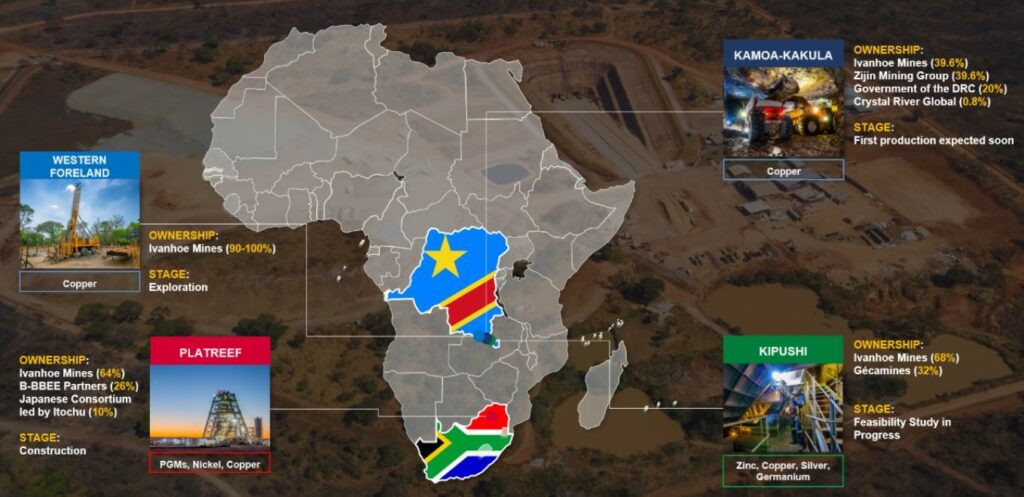
With volatility almost twice as high as the broad Canadian market, IVN is a highly volatile stock that investors can currently purchase for under $10 a share.
5. Birchcliff Energy Ltd.
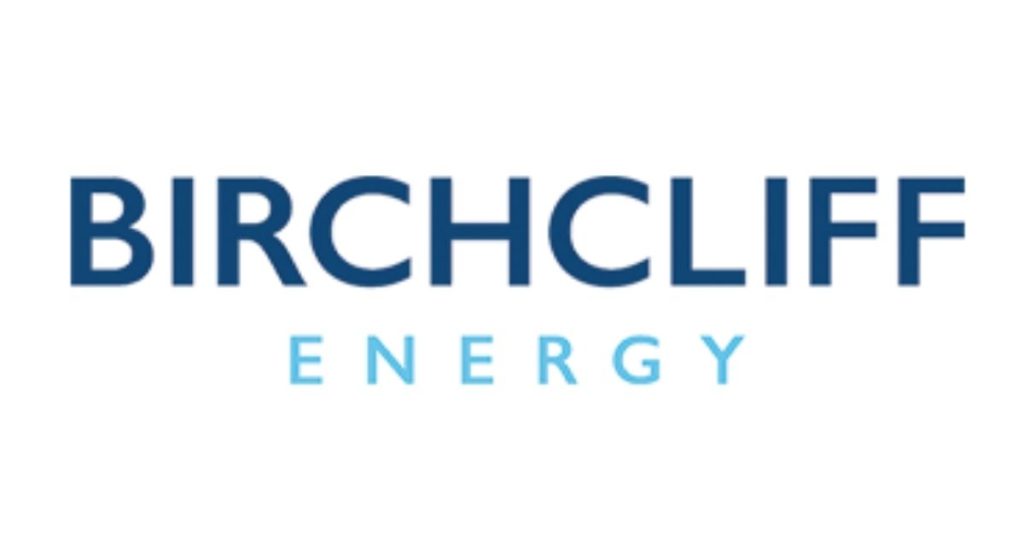
- Ticker: BIR.TO
- Size: Mid Cap
- Valuation: Value
- Forward Dividend Yield: 10.51%
- Dividend Payout Ratio: 38.24%
- Dividend Yield (12-Month Trailing): 12.04%
- Upcoming Dividend Date: Mar 28, 2024
- Market Cap: $1.32 Billion
- Forward P/E Ratio: 18.37
Birchcliff Energy is an intermediate oil and gas company based in Calgary, Alberta. It explores for, produces, and develops light oil, natural gas liquids, and natural gas.
The company’s operations are focused on the Peace River Arch area of Alberta. Company management considers this region to be the most attractive light oil and natural gas drilling zone in North America.
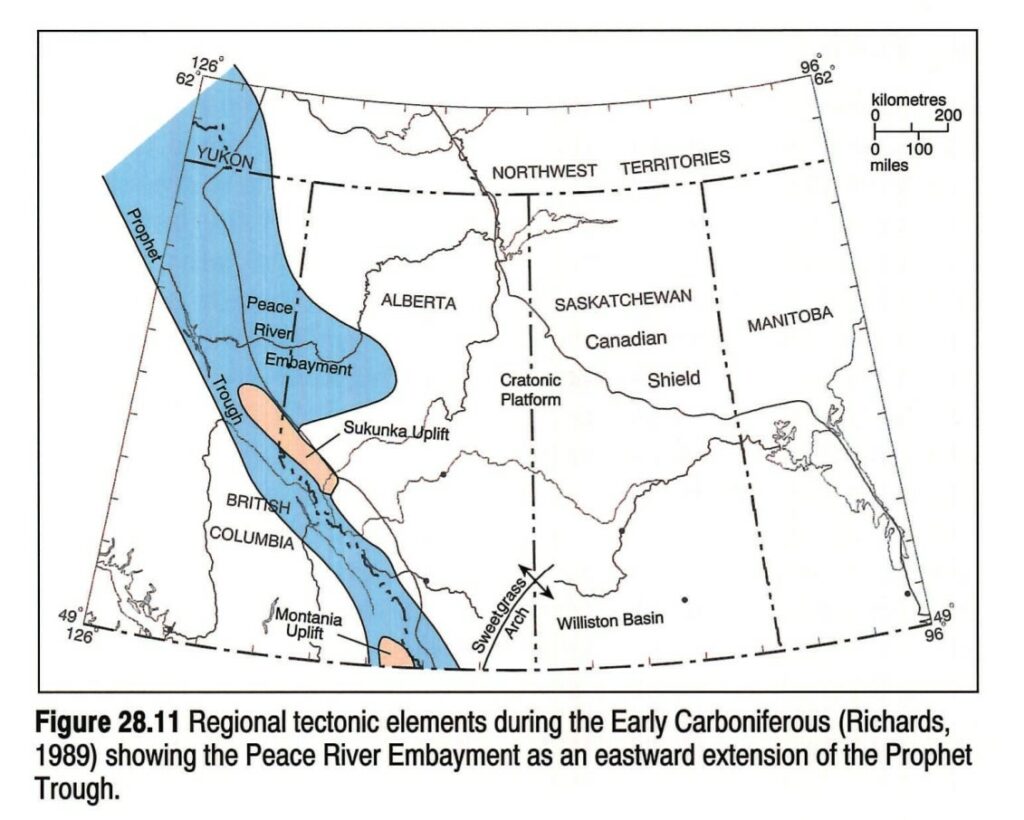
The company is entirely focused on the Montney/Doig Resource Play.
With a volatility of almost two-and-a-half times that of the broad Canadian market, Birchcliff Energy is a very volatile stock that currently trades for less than $10 per share.
6. NuVista Energy Ltd.

- Ticker: NVA.TO
- Size: Mid Cap
- Valuation: Value
- Forward Dividend Yield: 4.42%
- Market Cap: $2.18 Billion
- Forward P/E Ratio: 8.9
NuVista Energy is a natural gas and oil company operating in the Western Canadian Sedimentary Basin. The company is involved in the exploration and production/development of oil and natural gas.
NuVista focuses on the repeatable and scalable Montney formation in the Wapiti and Pipestone areas of the Alberta Deep Basin.
The company rewards all of its employees with some amount of shares in the company, to align their interests with the greater good of the organization.
Currently trading at less than $10 per share, NuVista Energy currently has the highest 5-year monthly beta on our list. It is over three times more volatile than the broad Canadian market.
Most Volatile Stocks for Day Trading in Canada
7. Whitecap Resources Inc.

- Ticker: WCP.TO
- Size: Mid Cap
- Valuation: Value
- Forward Dividend Yield: 6.58%
- Dividend Payout Ratio: 28.81%
- Dividend Yield (12-Month Trailing): 6.21%
- Upcoming Dividend Date: Feb 15, 2024
- Market Cap: $5.21 Billion
- Forward P/E Ratio: 6.83
Whitecap Resources is a “clean” energy company that has a significant light oil resource base. The company focuses on storing more carbon dioxide than it emits corporately. It pays investors a monthly dividend, which reflects the stability of its cash flows.
The company has operations in:
- British Columbia
- Northern and Central Alberta
- Western and Eastern Saskatchewan
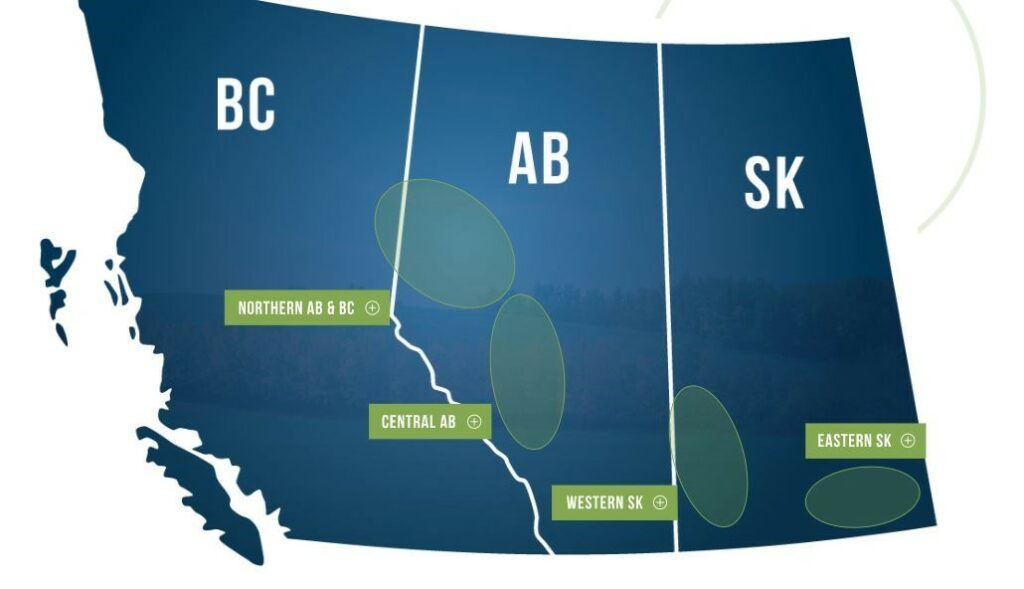
Despite the company’s stable cash flows and consistent dividends, its share price has fluctuated drastically over the past several years. Its low share price makes it a good candidate to consider for day trading.
8. Crescent Point Energy Corp.

- Ticker: CPG.TO
- Size: Mid Cap
- Valuation: Value
- Forward Dividend Yield: 3.52%
- Dividend Payout Ratio: 47.37%
- Dividend Yield (12-Month Trailing): 4.35%
- Upcoming Dividend Date: Jan 02, 2024
- Market Cap: $5.41 Billion
- Forward P/E Ratio: 6.35
Crescent Point Energy is another oil and gas company based in Calgary, Alberta. The company’s operations are mainly focused on producing light oil in parts of Saskatchewan and Alberta.
The company’s production for 2022 breaks down into an estimated:
- 20% Condensate
- 60% Light Oil
- 20% Medium Oil
It is estimating a production amount of 130,000 – 140,000 boe (barrel of oil equivalents) for 2022.
Due to rising energy costs over the short-term, the company will begin reducing its hedging going into 2023:
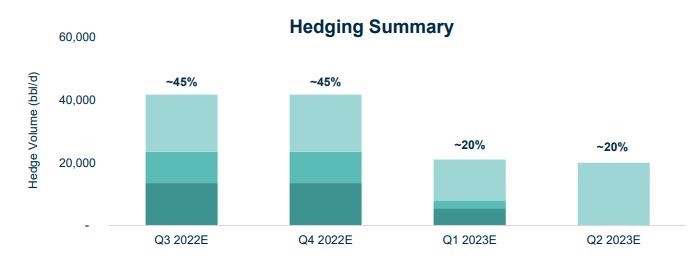
The company’s low share price and very high volatility make it a potentially good stock choice for day trading.
9. Baytex Energy Corp.
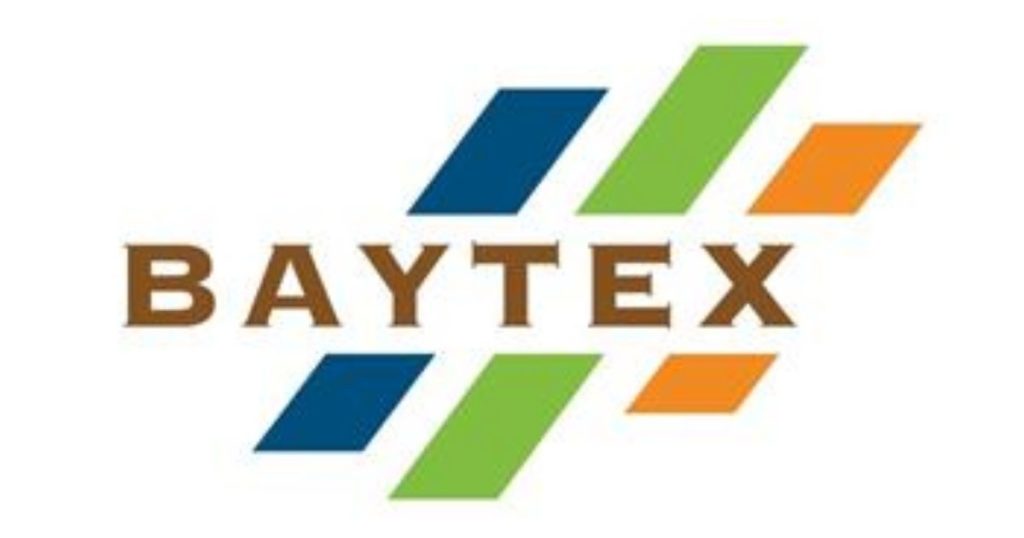
- Ticker: BTE.TO
- Size: Mid Cap
- Valuation: Value
- Forward Dividend Yield: 1.49%
- Market Cap: $3.59 Billion
- Forward P/E Ratio: 4.72
Baytex Energy is another energy company based in Calgary, Alberta. Operating since 1993, the company focuses on acquiring, producing, and producing crude oil and natural gas.
The company’s key oil plays rank among the highest rate of return projects in North America. Operations can be found in Alberta, Saskatchewan, and Texas.
As of late 2022, the company’s production is less than 50% dedicated to light oil, with light oil’s share of total revenue being well over 50%.
The company has worked aggressively to improve its financial flexibility by retiring or extending debt.
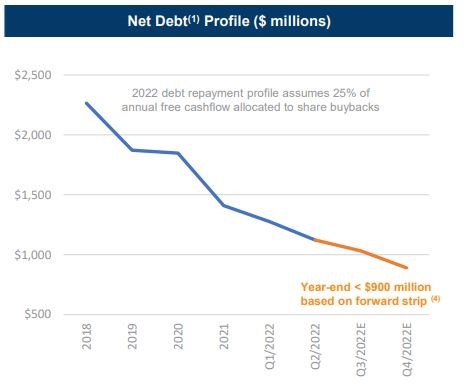
The company also has a share buyback program currently in effect, which should help sustain its stock price.
Due to the company’s low price per share and high 5-year volatility, Baytex Energy is a stock to consider for day trading.
Should you Invest in Volatile Stocks?
Volatile stocks are not an ideal investment for a large portion of investors. One of the main goals of a well-built portfolio is to reduce volatility as much as possible through proper diversification.
If you are looking to trade in the short term, volatile stocks are typically good choices to consider.
Investors that may want to consider investing in volatile stocks include:
- Investors with a high-risk tolerance who also check investments less frequently
- Individuals who have strong faith in a volatile stock’s future profitability and growth prospects
- Those that anticipate strong market conditions for the foreseeable future
Volatile stocks, especially when investing for the long term, make the most sense during a bull market. Make sure to understand the differences between bull and bear markets so that you can identify the environment that you are currently in.
Should you Trade Volatile Stocks?
Volatile stocks are good candidates for short-term trading. This is because correctly-predicted volatility can help traders capture profits in a short period of time.
Make sure to have a solid grasp of technical analysis before beginning to trade.
What is a High Volatility Stock?
Equities with a beta of at least 2 are typically considered high-volatility stocks.
What is the Best Volatility Indicator?
At the stock level, beta is an excellent indicator of volatility relative to a stock’s benchmark. When looking at markets as a whole, the CBOE Volatility Index (VIX) is a great indicator of overall fear in the markets.
How To Buy Most Volatile Stocks on the TSX In Canada
The cheapest way to buy stocks is from discount brokers. My top choices in Canada are:
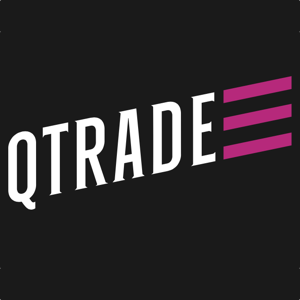
- 105 commission-free ETFs to buy and sell
- Excellent customer service
- Top-notch market research tools
- Easy-to-use and stable platform

- Stock and ETF buys and sells have $0 trading fees
- Desktop and mobile trading
- Reputable fintech company
- Fractional shares available
To learn more, check out my full breakdown of the best trading platforms in Canada here.
Conclusion
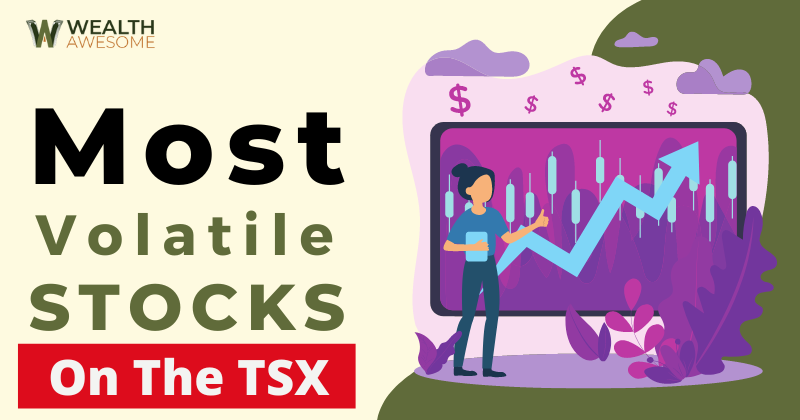
Volatile stocks are not something investors typically look out for unless they are looking to trade in the short term.
Stocks with high volatility typically move both up and down significantly more than the broader market during bull and bear markets.
If you are looking to start trading volatile stocks, make sure to check out our guide outlining how to day trade in Canada.





